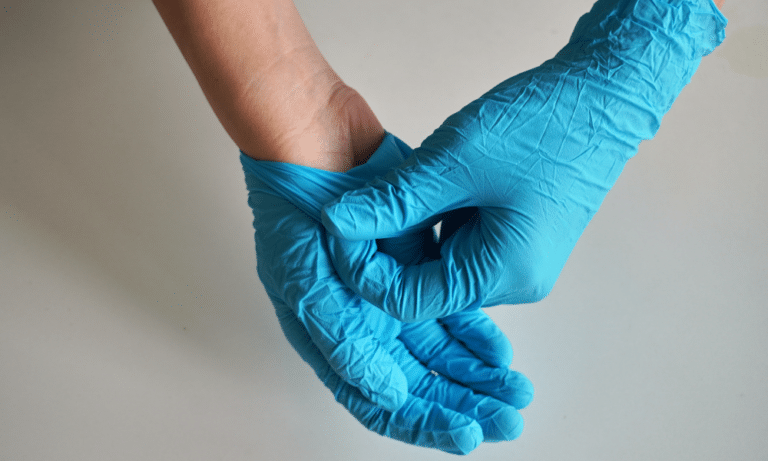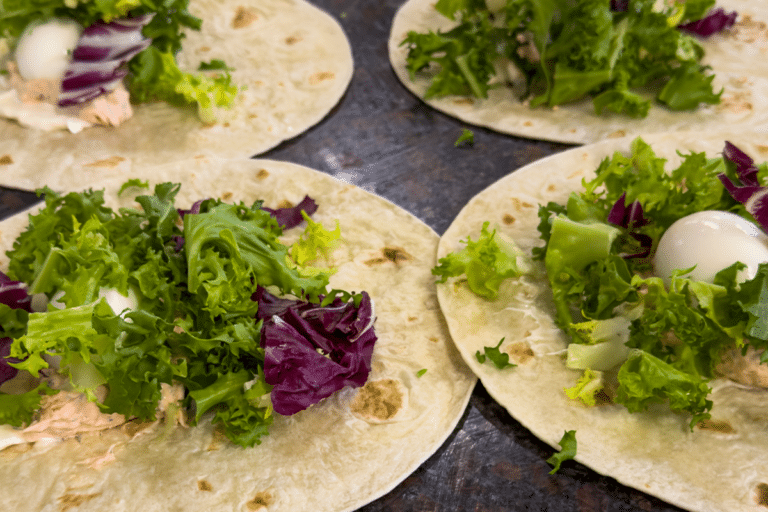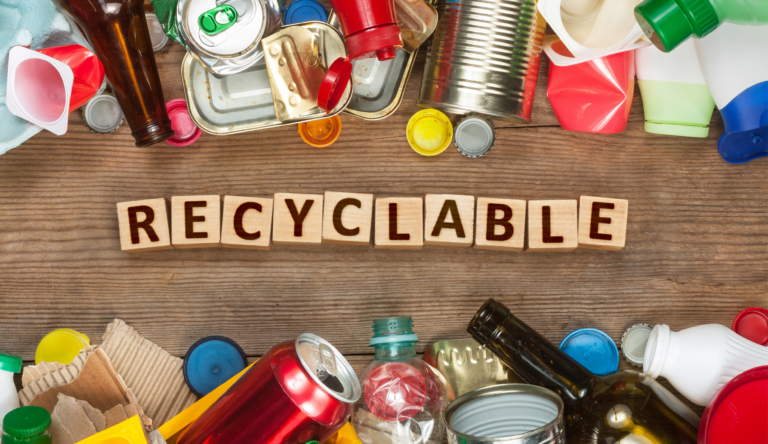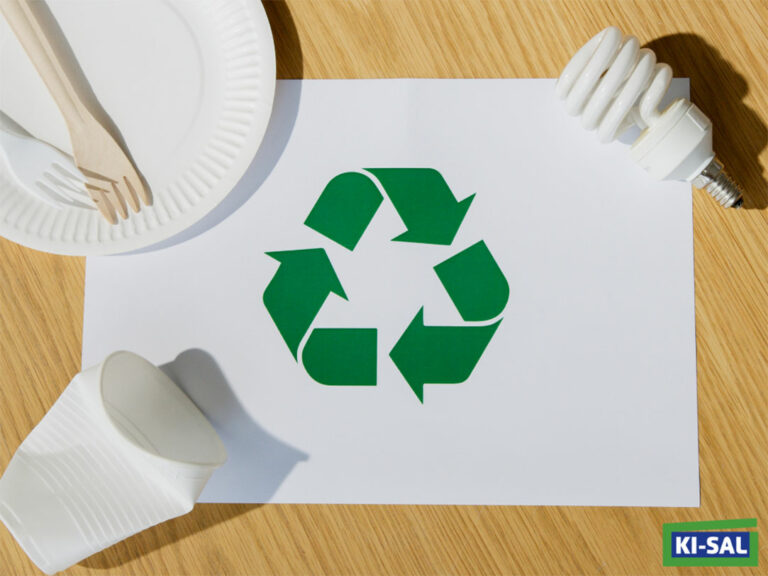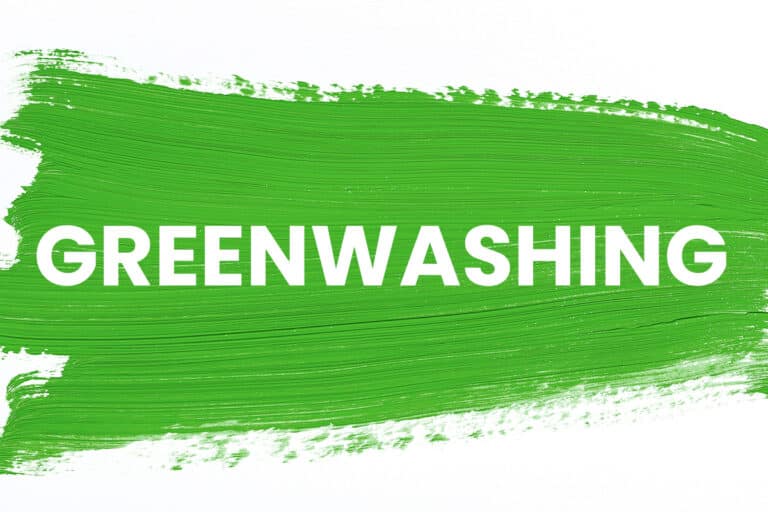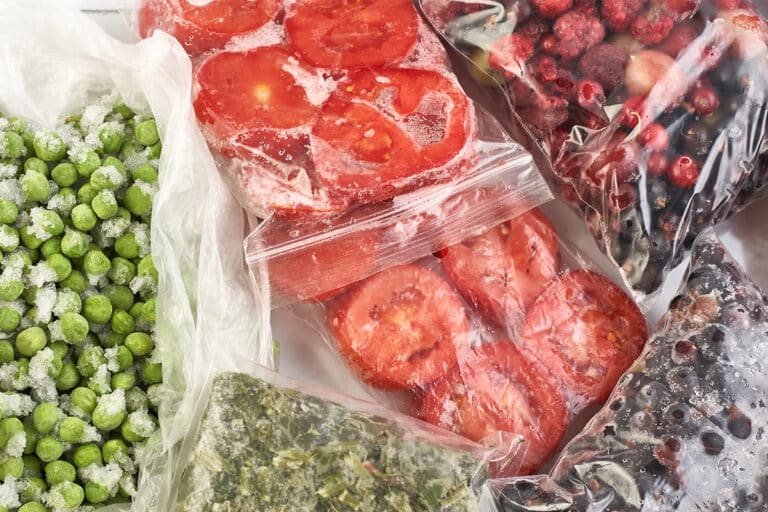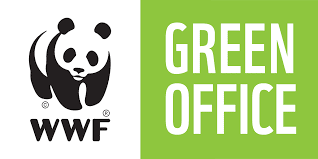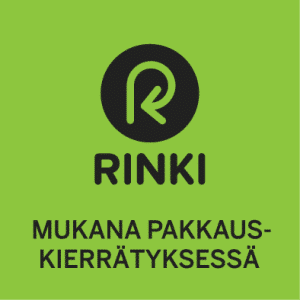Do you recognise the material labels on packaging? – Guide to recycling labelling
Have you ever wondered what those little arrows and numbers on food packaging mean? Recycling packaging is not as complicated as these labels might suggest.
You can identify the material labels on packaging by a triangle of three arrows with a number inside and a combination of letters below. Although the labels may seem tricky at first, after a little research they will clearly show you how to recycle each type of packaging.
Plastic
The material labels for plastic are:
PET 01, PE-HD 02, PVC 03, PE-LD 04, PP 05, PS 06 and O 07
Although there are many different labels, in Finland it is fortunate that all plastic packaging that has previously been used as packaging for a product can be placed in plastic recycling bins. Recyclable plastic packaging must be empty and clean. However, it makes more sense to put the packaging in mixed waste if it would take a lot of water to clean it. It is also important to remember that plastic utensils are not part of the plastic collection.
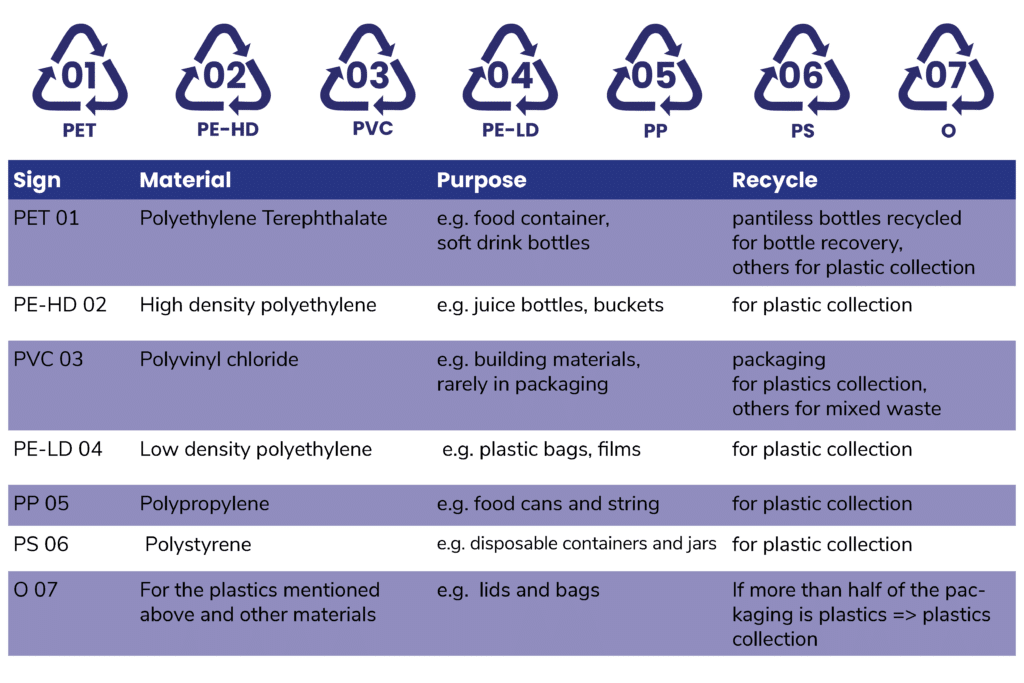
Cardboard and paperboard
The material symbols for cardboard, paperboard and paper are:
PAP 20, PAP 21 and PAP 22
The cardboard collection includes cardboard, paper and paperboard packaging. It is important to note the difference between paper and cardboard packaging when sorting. Since the cardboard and paper used for collection have their own uses, they should be sorted separately. For example, magazines, newspapers and letters are not part of the cardboard collection, but are sorted into the paper collection. Packaging should be sorted clean, dry and flattened for cardboard collection.
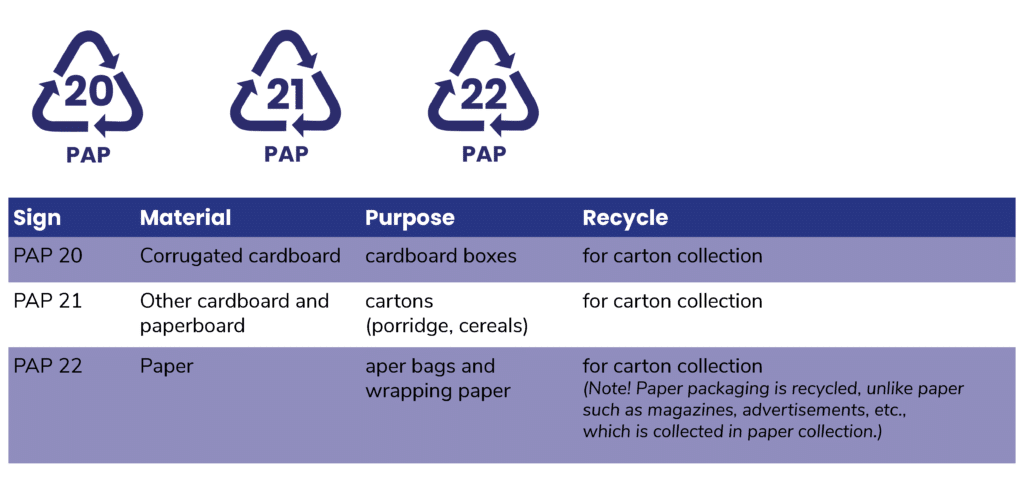
Metal
Metal material symbols are: ALU 41 and FE 40
In addition to metal packaging, metal collection also includes small household metals. Metal packaging includes, for example, cans and aluminium liners. Other small metals that can be recycled include pots and pans and aluminium candle shells. Metal packaging and small metals are recycled empty, clean and dry.
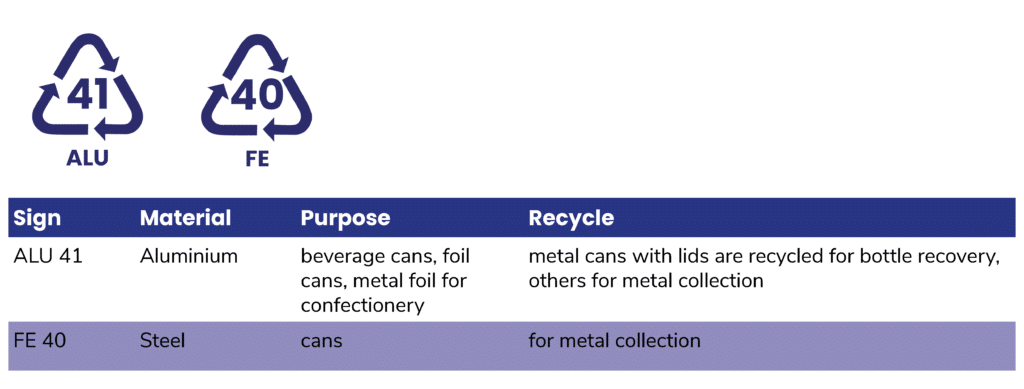
Other materials
In addition to the materials mentioned above, there are a number of other materials suitable for recycling, including labelling. These include glass, wood and various combinations of materials. A composite material consists of two or more materials. For example, liquid carton packaging is an example of such packaging, as it uses both cardboard and plastic. More information on material labelling can be found in the Government Decree on Packaging and Packaging Waste, available on the Finlex website: https://www.finlex.fi/fi/laki/alkup/2014/20140518#Pidp447594416
By recognising packaging labels, you can make more informed and environmentally friendly choices in your everyday life. Recycling reduces waste and keeps materials in circulation for longer. Recycling materials saves natural resources, as recycling packaging reduces the need to extract and manufacture new raw materials. Every small step towards a more sustainable future is a step in the right direction.

